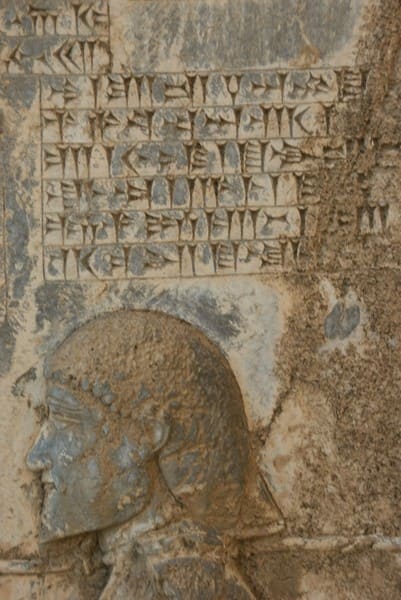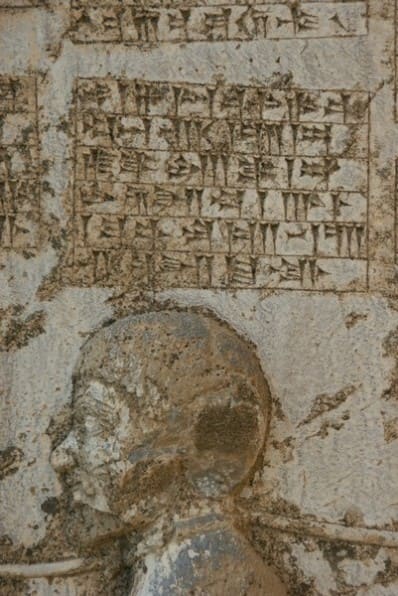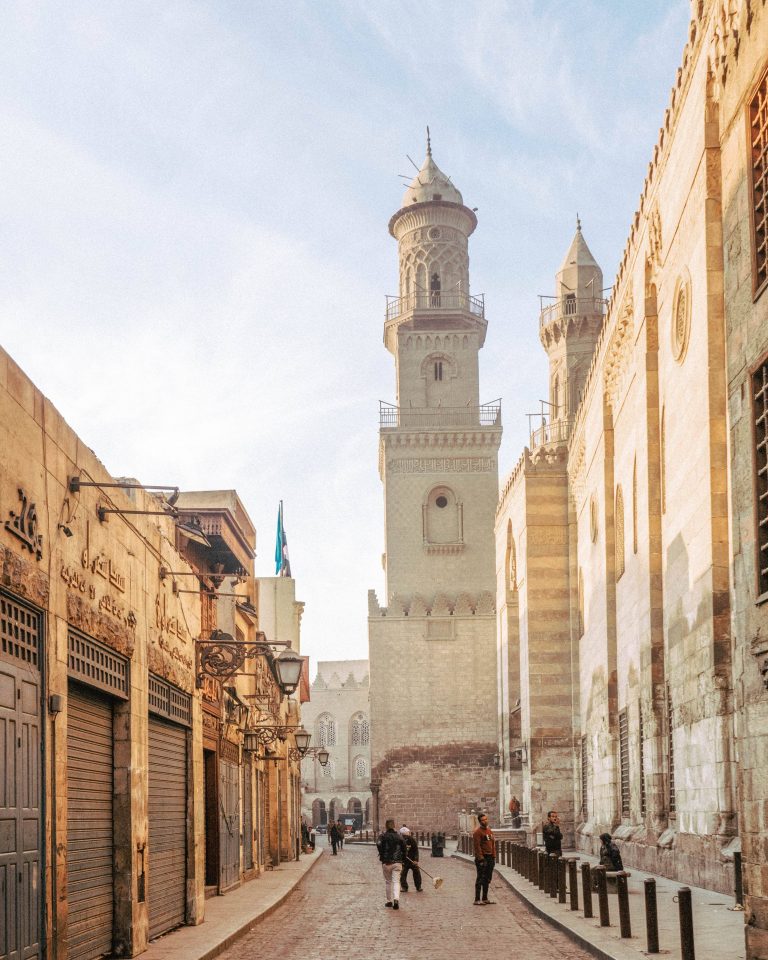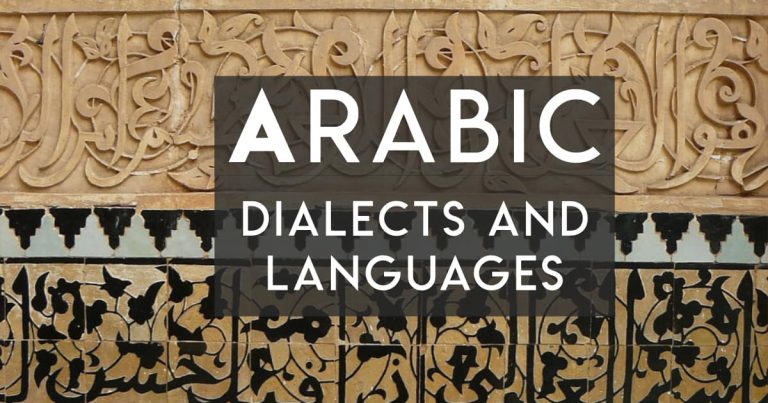Every Day, I think of the Persian Empire
There’s a trend going around where women ask men how often they think of the Roman empire. I can safely say, considering I don’t currently live in Italy and am not Asterix the Gaul, that I almost never do.
But I do often think of the Persian Empire…
And with good reason. I’m Persian, which is a name of an ethnic or cultural group, not a nationality. I’m not really Iranian, other than according to the government of Iran, because my father is (or was).
But I’m obviously not of the former Persian empire, which is long gone. I’m no warrior, other than keyboard warrior, and I don’t wear armour, other than a mouthguard when playing sports.
So if it’s confusing already to you what a “Persian” is, don’t worry — it’s confusing to everyone, including to ourselves.
Persians are a people, a former empire, and an identity loosely tied to cats, rugs, and princes, and Iran is a slightly scary country that America seems always somewhat upset about.
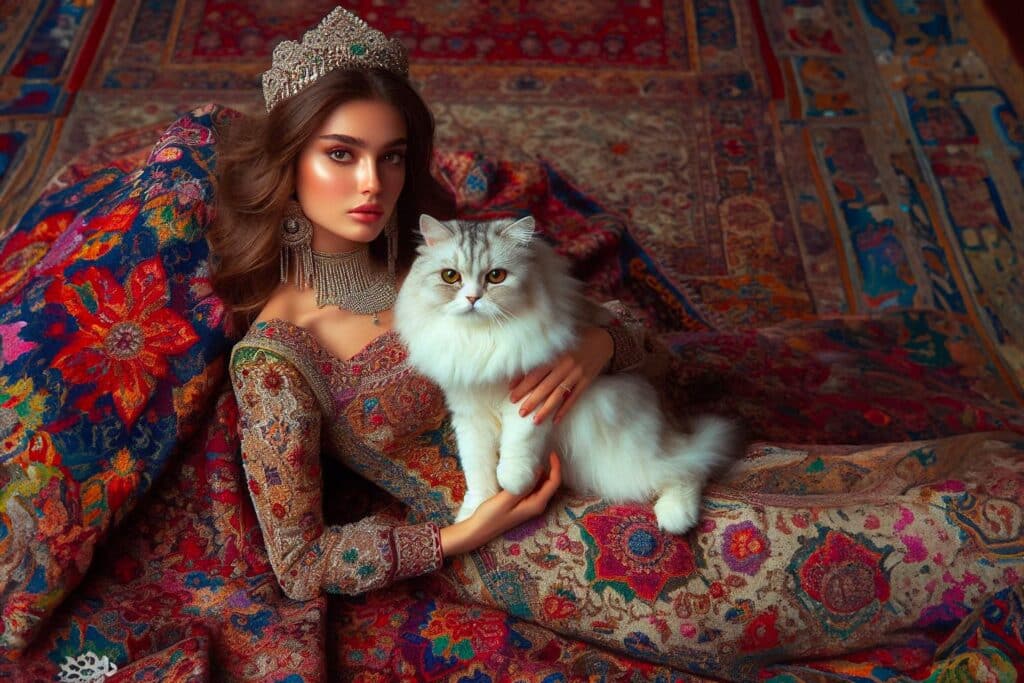
People with heritage from the region will self-identify in a number of ways, including as an Iranian, a Persian, a Parsi, perhaps an Afghan who speaks Persian (or Dari, depending on their ethnic/political background), or maybe even as a Mizrahi Jew.
But what’s Persia? And what’s the Persian Empire? Is it Iran? Kind of.
To delve into the meaning of my identity as a Persian or Iranian, I decided to start with the story at the beginning, and figure out how great the Persian Empire actually was. (Spoiler: pretty great)
This is a colloquially written fun bit of writing about the Persian Empire. While I’m keeping to the facts, it’s not meant to be a scholarly article. Enjoy.
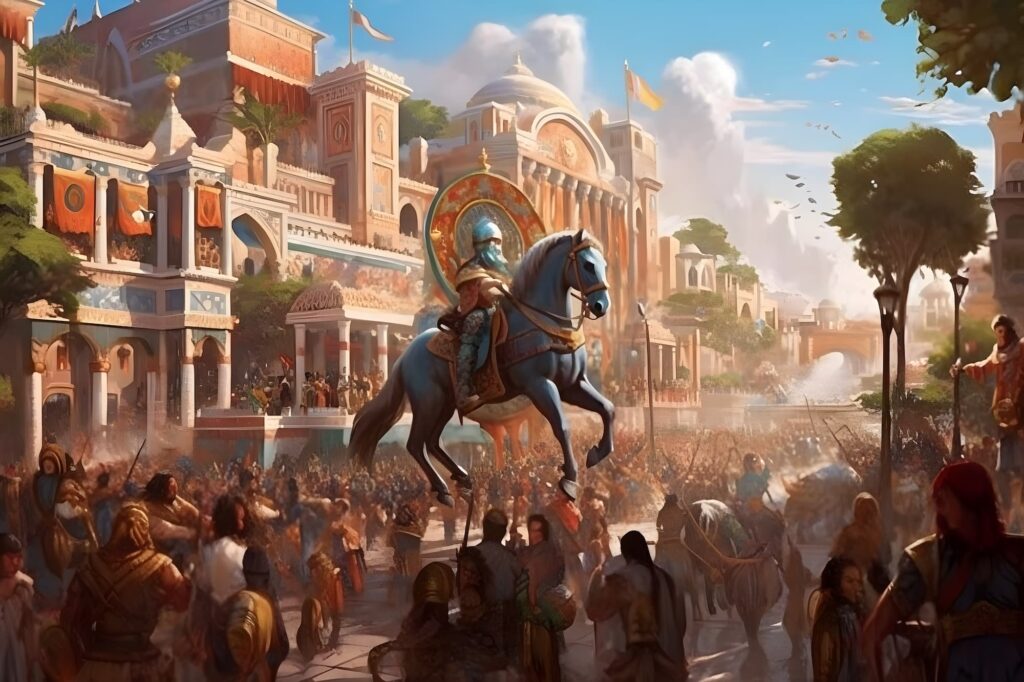
The O.G. Persian Empire: Cyrus and Darius (550-330BC)
The original Persian Empire started around 550 BC. That’s 2,500 years ago! OK, Egypt, I get it, it wasn’t 4,700 years old like you guys, but still, come on. We did fine.
The Persian Empire was founded by Cyrus the Great, which is why you’ll meet a lot of Persians named Cyrus (or Cyril, and so on), and also a lot of cats by the same name (not necessarily Persian cats, but possibly owned by Persian non-cats).
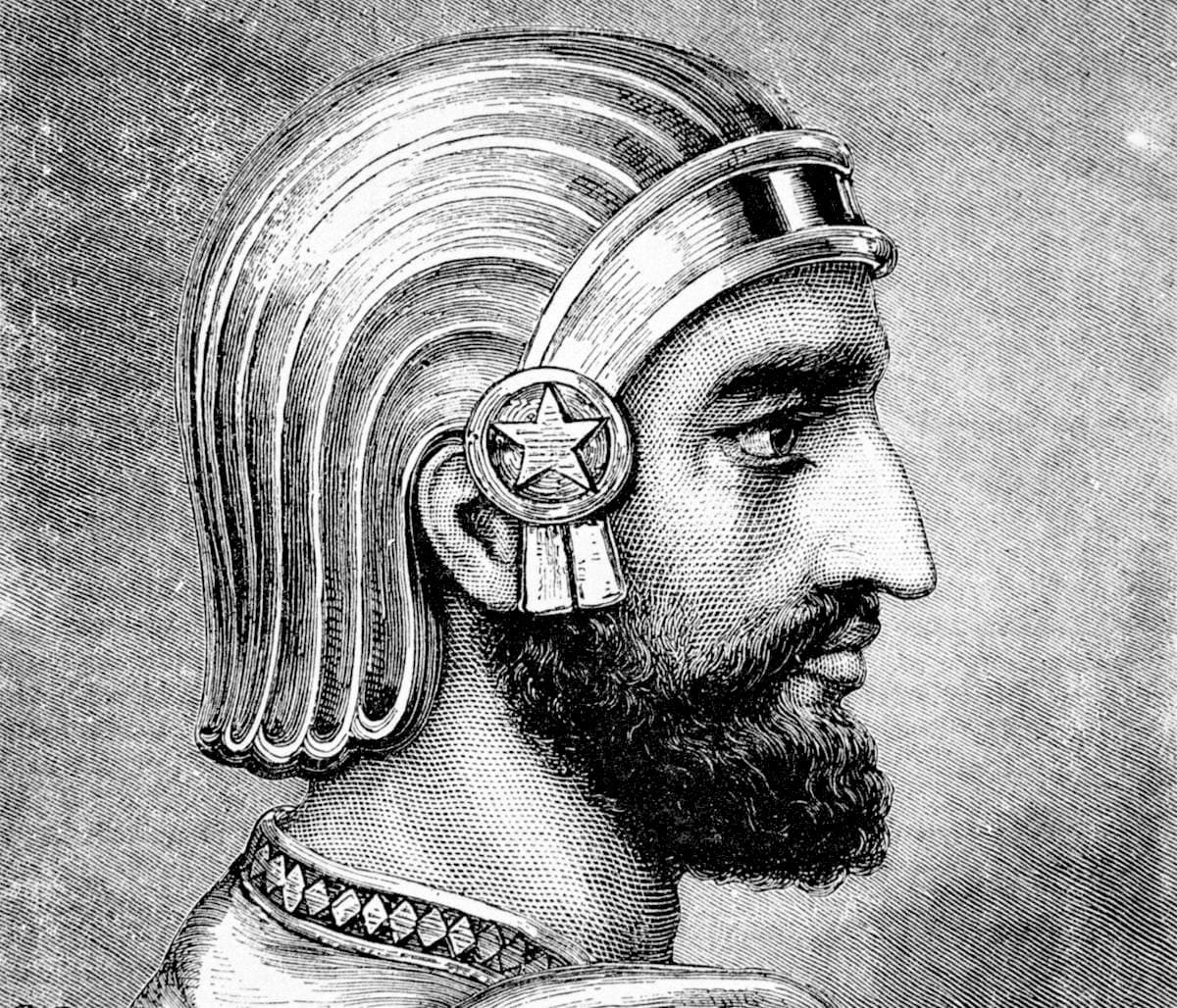
The O.G. Persian Empire (also known as the Achaemenid Empire) started when Cyrus, one of the leaders of one of the semi-nomadic tribes who lived on the Iranian plateau, started conquering other tribes.
Cyrus conquered enough and joined them all under one rule, forming the Persian Empire, and declaring himself the King of Kings, or “Shahanshah” (شاهنشاه).
Famously, Cyrus declared himself King of Kings on what is known as the Cyrus Cylinder, shown at the British Museum.
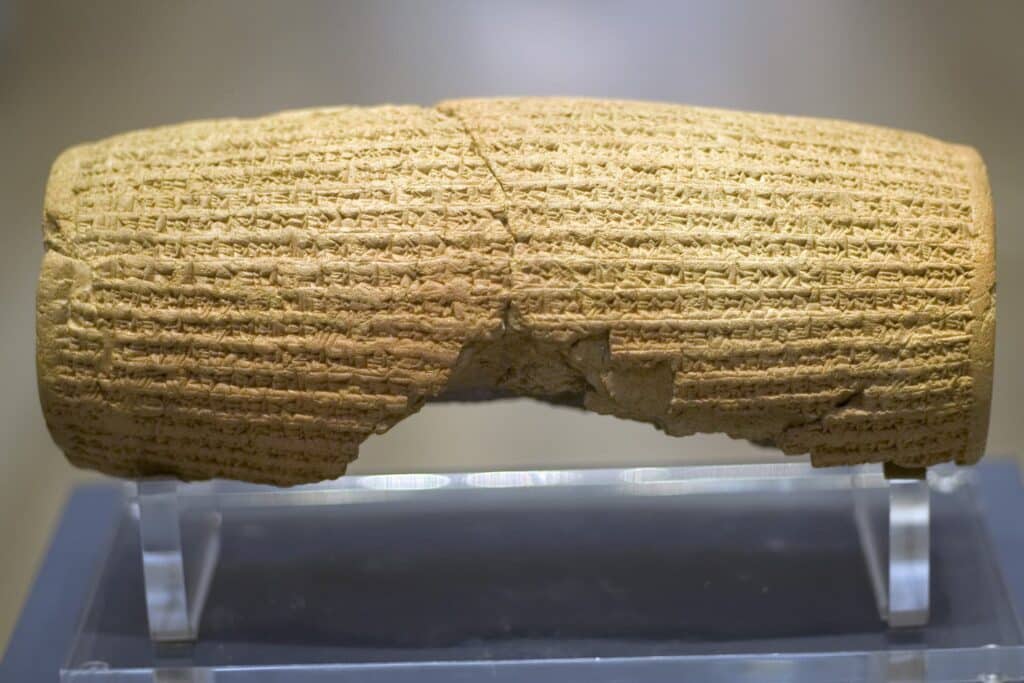
The Cyrus Cylinder has many fragments of text on it, written in cuneiform script in the name of Cyrus the Great. It dates back to 6th century BC.
Among other things, the cylinder switches to Cyrus’ voice in the first person, and declares:
“I am Cyrus, king of the world, great king, powerful king, king of Babylon, king of Sumer and Akkad, king of the four quarters [of the earth]…”
Cyrus the Great, as recorded on Cyrus Cylinder
OK, you were great, we get it, Cyrus.
Another interesting part of the Cyrus Cylinder is that it has been sometimes referred to as the first “declaration of human of rights”. It was first given that name by the Pahlavi Iranian Shah, who promoted it as such due to the Cylinder’s recognition of minority subject groups. However, this interpretation is rejected as “anachronistic” by scholars (see the Wikipedia article for more on the subject).
The Achaemenid Persian Empire was huge. It covered Mesopotamia, Egypt’s Nile valley, and stretched all the way to the west of India. It was the world’s first superpower.

After Cyrus the Great died, the Persians kept expanding their kingdom. Darius (داریوش, Persians pronounce it “Daryoosh”) the Great, the fourth king of the Achaemenid Persian Empire, took over around 520 BC.
Darius was king of the Persian Empire when it was at its largest. He ruled over a kingdom stretching from West Asia to today’s Balkans, the Black Sea, Central Asia, and even into Africa including parts of Libya and modern Egypt.
The Achaemenid Empire covered a staggering 40% of the world’s population. This is a figure no civilisation has yet equalled! (Also, maybe it was too big, as Persia couldn’t keep it going that long.)
Darius’ legacy was more than just military, though. Darius also:
- Unified the empire through introducing standard currency and weights and measures,
- Made Aramaic the official language of government, and
- Built many roads connecting distant lands
The language that Darius implemented, Aramaic, is a Semitic language, related to Arabic and Hebrew. It’s still spoken but only by around 1-2M people in Syria.
Aramaic was also the language used in the entirety of the film “The Passion of the Christ”, which was cool for a language nerd (but otherwise, the film was not to my taste).
There is an inscription carved into Mount Behistun in Western Iran about Darius that describes just how Great he was. This inscription, while important for its historical value, is also like the Rosetta Stone — it was a critical key to deciphering cuneiform script.
Mt Behistun’s engravings also have some pretty cool captions, describing people either as “Kings” or “liars”, with no in-between. Eat your heart out, Instagram.
- Relief from Behistun Inscription. Says “This is Tritantaechmes. He lied, saying “I am king of Sagartia, from the family of Cyaxares.”
- Relief from Behistun Inscription. Says “This is Nidintu-Bêl. He lied, saying “I am Nebuchadnezzar, the son of Nabonidus. I am king of Babylon.”
- Relief from Behistun Inscription. Says “I am Nebuchadnezzar, the son of Nabonidus. I am king in Babylon.”
Persians get all romantic about this original Persian Empire. But it didn’t last long.
First, Xerxes I (if talking to Persians, they know him as “خشایار”, khashaayaar) tried to invade Greece in 480 BC. This didn’t work out.
In fact, despite being outnumbered, the Greeks prevailed, thanks to the Spartans, culminating in a movie we have all seen, plus a series of well-known memes.
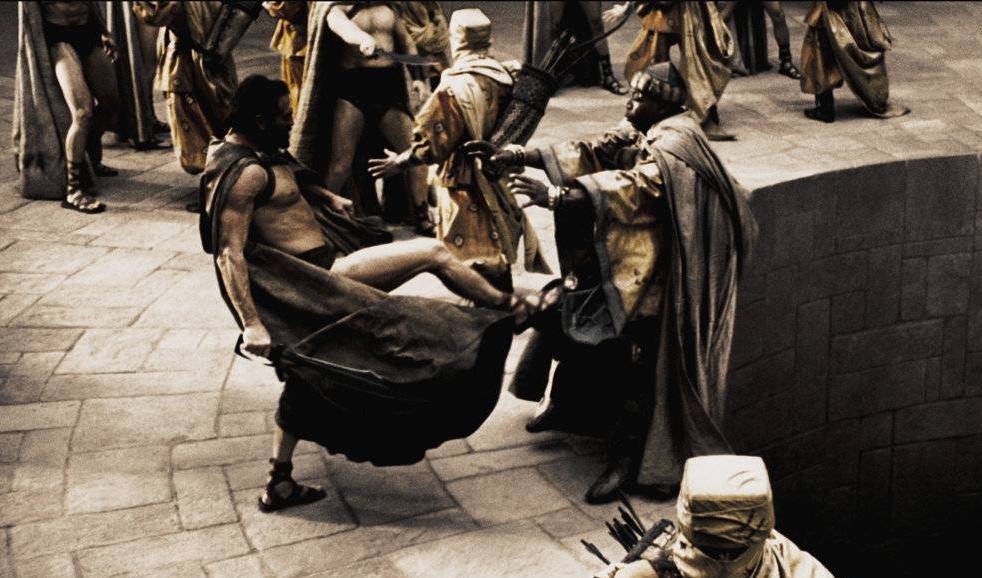
Then, the cost of that failed war plus the expense of defending the huge Persian Empire cost so much that the King had to heavily tax Persia’s subjects, which people weren’t too happy about.
Finally, Alexander the Great (why did everyone call themselves Great?) rolled in in 330 B.C and conquered all of the Achaemenid Persian Empire, thus making me ask what was so Great about him after all.
This was the end of the first period of the Persian Empire.
The Greeks: The Seleucid Empire (330 BC to 280 BC)
The next period of Persian history was much more Greek.
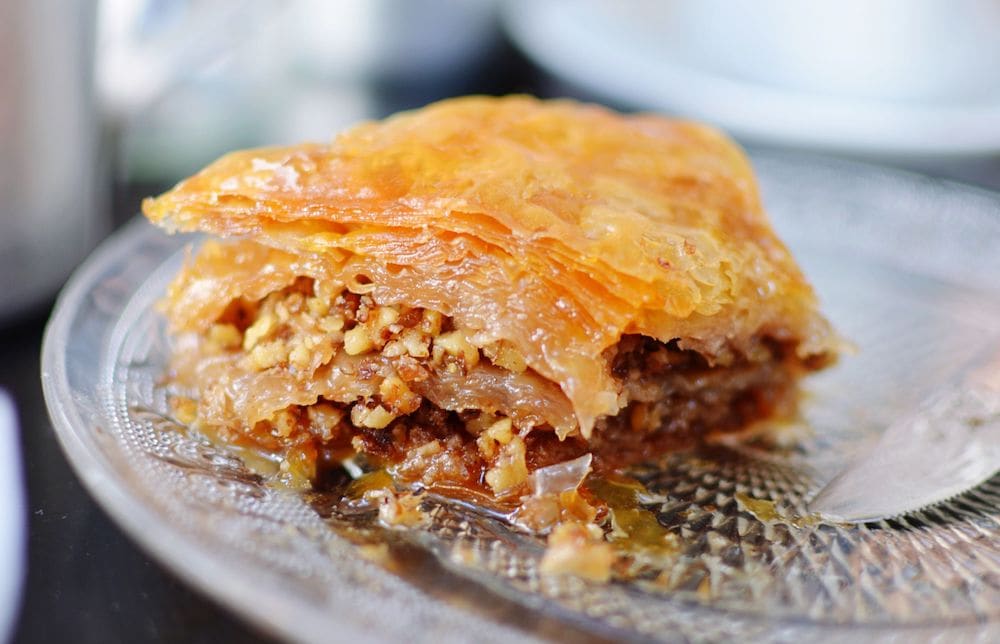
Have you ever noticed that Greeks and Persians are into a lot of the same stuff — sweet nutty pastries heavily doused in honey, stuffed vine leaves, and olive oil? And how Persians and Greeks vaguely look the same, even if Persians are more attractive?
Well, despite rivalries, Persians and Greeks are pretty closely related historically. This is why I call the entire region from Greece through Turkey and to Iran the “Baklava Belt”. (I’m hoping it’ll catch on, eventually.)
This Greek interruption of the Persian Empire was named the Seleucid Empire because Alexander the Great died young, and after a brief shuffle of power, the Persian Empire went to Seleucus I Nicator.
After Alexander, the Greeks ruled Persia for a bit, for fifty years (from 330BC to 280BC). During that time, Iran got a lot of architectural inspiration and a bit of education, but then Iran took over again. Some educated people did speak Greek at the time but they held on to their own languages and identity tenaciously.
Being really a time of Greek dominion, it wasn’t considered one of the Persian Empires — just an extended period of guests who eventually left.
Somewhat Persian Empire Again with the Parthians (247 BC to 224 CE)
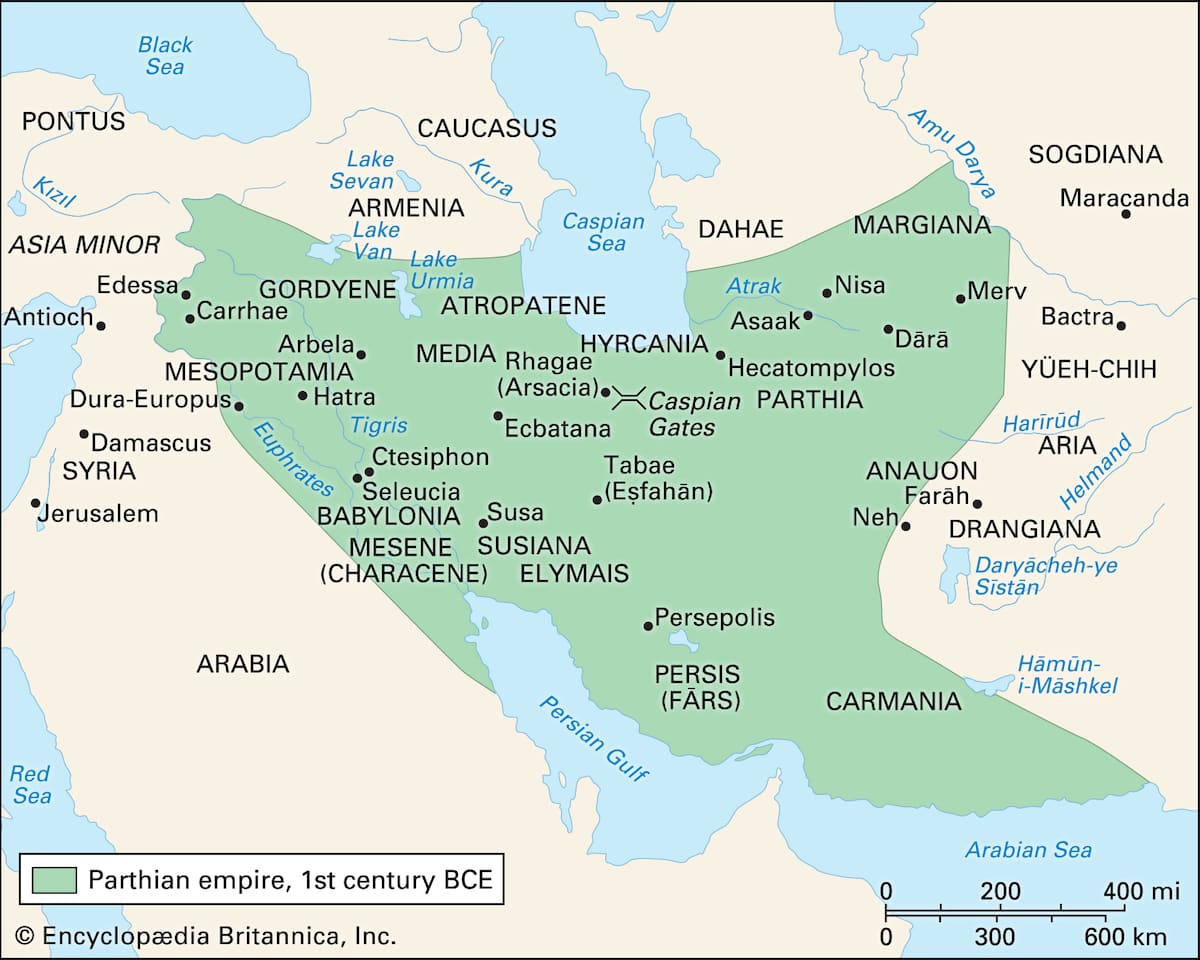
The Persians took control of the Persian Empire region again from the Greeks when Arsaces (Farsi: اشک, âshk) I of Parthia, the leader of one of the tribes, quietly conquered his own region, and then organised a wide rebellion against the conquerors.
The Persians kept only some of the Greeks’ foods, hairstyles, salad, and yoghurt, which they renamed from “Greek salad” and “Greek yoghurt” to “Shirazi salad” and “just regular yoghurt, Greek yoghurt isn’t as good”, according to my father, a self-declared yoghurt expert.

The Parthians were originally vassals of the Greek empire, but gradually took autonomy as the Greeks were weakened through wars with Rome.
The new somewhat Persian Empire started out feeling fairly Greek, but the Parthians revived a lot of Persian culture. Still, they never quite shook off the “Greek” feeling, and so people don’t consider this to be one of the great Persian empires.
Many Persian subjects in southern Iran saw the Parthians as foreigners.
Not much is known about the Parthian empire. There’s much more known about the later Sasanian one, as well as the earlier Achaemenid empire. The Sasanian Persian empire (coming soon) attempted to forget or destroy Parthian historical records, monuments, and works of art. So only limited items remain from which to figure out what was going on.
During their near 500 years in power, the Parthians set their own regional Iranian language, Parthian, as the official language of court. But the people used all kinds of other languages in everyday life, including Aramaic, Middle Persian and Greek. (Nobody speaks Parthian any more.)
And the Parthians ran a pretty decentralised state, too. There was a central King, but he gave full authority to 18 regional Kings, including to set their own languages and mint their own currency. In fact, this is why the Empire lasted so long. Some bits were conquered, but that didn’t mean the Empire was lost as a whole.
But the Parthian Persian Empire grew weak after a while, and a series of attacks by the Romans and a few rebellions weakened the empire until the Romans had basically pillaged everything, taking enough gold and silver to feed modern Europe for half a century according to modern estimates, and ran.
In this weakened state one of the regional kings, Ardashir, revolted. He took the capital, and thus began a new dynasty and Persian Empire to be rebuilt from the ground up.
The Second Great Persian Empire: Sasanian Empire (224 CE to 651 CE)
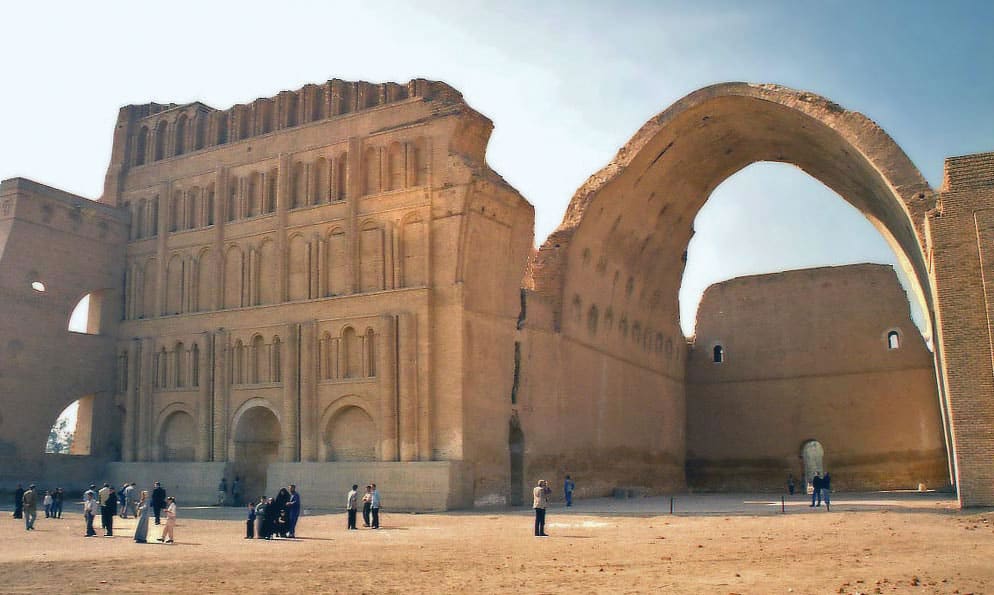
The Sasanian Persian Empire (named after one of the ancestors of Ardeshir) was the height of ancient Persia before the Islamic conquest. In many ways it was considered the second great Persian Empire, because it was so much more Persian than the Parthians who had ruled before.
In fact, a lot of modern Islamic art and architecture was inspired by Persia of this period! The Arabs made it, but as they started invading Persia, they were heavily inspired by Persian art.

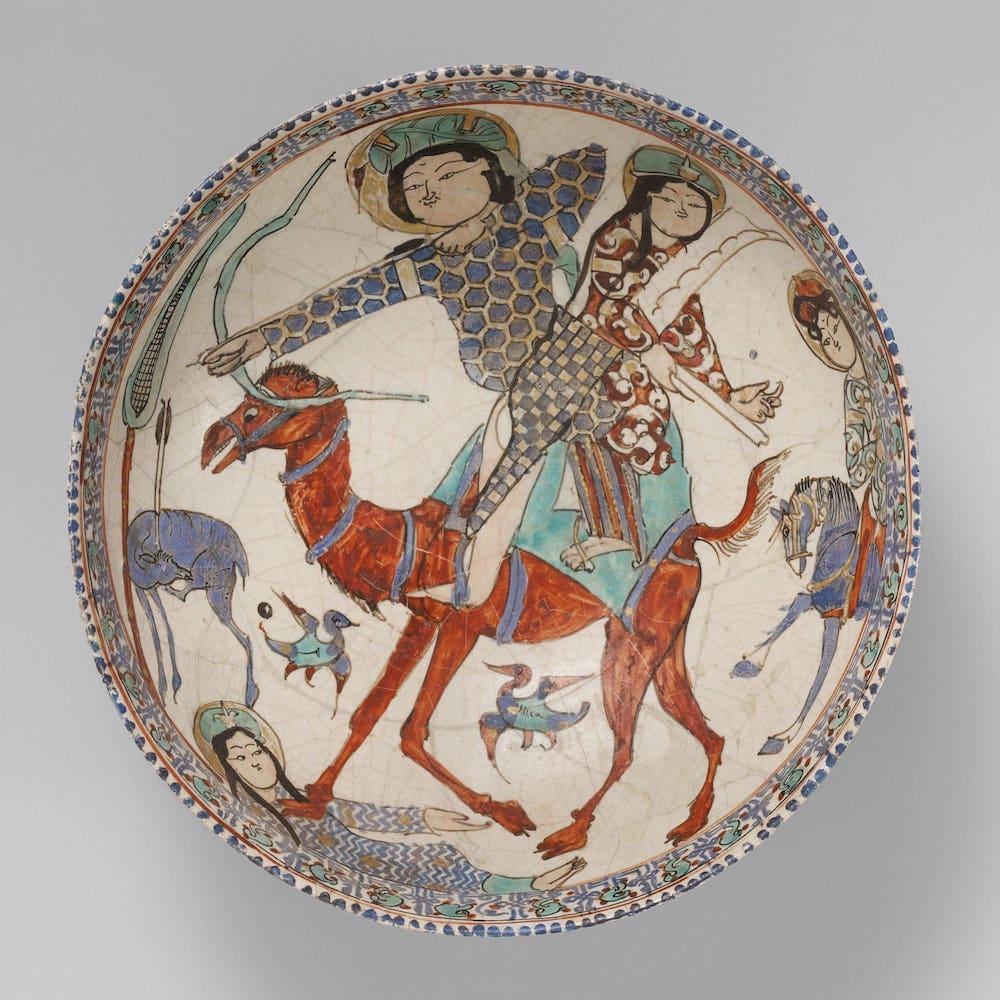
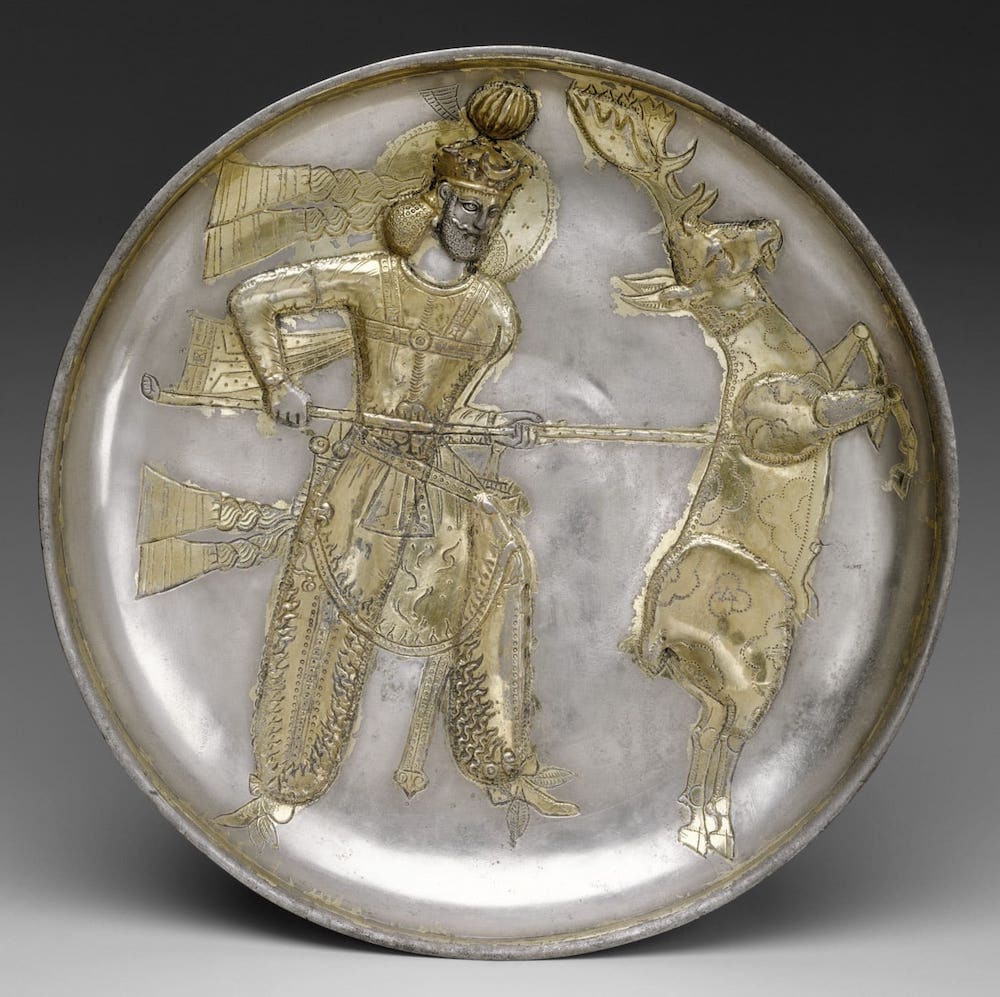
Ardashir called himself “ShahanShah” (the King of Kings), the first to do this since the Greek conquest had toppled the Achaemenid empire more than five hundred years ago.
The Sasanians called their empire Eranshahr, which means “Empire of the Aryans”. “Eranshahr” is where Iran gets its name from (the first part). (It wasn’t written in a modern script, so I’m just reproducing the Romanisation.)
The Sasanians started Persianifying the whole place. This was more than just opening kebab shops and rug stores (I kid, I kid! … but seriously, if anyone needs a rug, I can hook them up. Or a kebab. Or a kebab in a rug). The Sasanians made it cool to be Zoroastrian again, re-instituting their ancient religion that was so tied with Persian identity.
Brief interlude: What’s Zoroastrianism?
Zoroastrianism is one of the lesser-known Abrahamic religions. It’s often mis-described as being a religion of “fire-worshippers”, but like most religions, it’s more complicated than that.
You might associate Iran with Islam, but actually, Zoroastrianism is historically the most Persian of religions. It was the de-facto religion of the first Persian Empire, and as such, not worth mentioning then: until it was brought back with the second Persian Empire.
Zoroaster (in modern Farsi: زرتشت, zartosht) is thought to have lived around 2,000-1,500 BC, and originated what was arguably the oldest monotheistic faith. During a ritual at age 30, he had a vision of a supreme being who told him about there being a single God (with no evil counterpart), along with opposing forces of good and evil, Heaven and Hell, judgment, and eternal life. All of these probably sound familiar; they’re features of most religions from the area.
In Zoroastrianism, people are given choice to follow God (known as Ahura Mazda) or not.
The main book for Zoroastrians is the Avesta, a body of works made during the Sasanian Persian Empire. Historians think we’ve only retained a quarter of the original total body of work, but also that it’s likely the most important part that was committed to memory by priests. The language of the book is in the old Avestan language, which is otherwise completely lost!
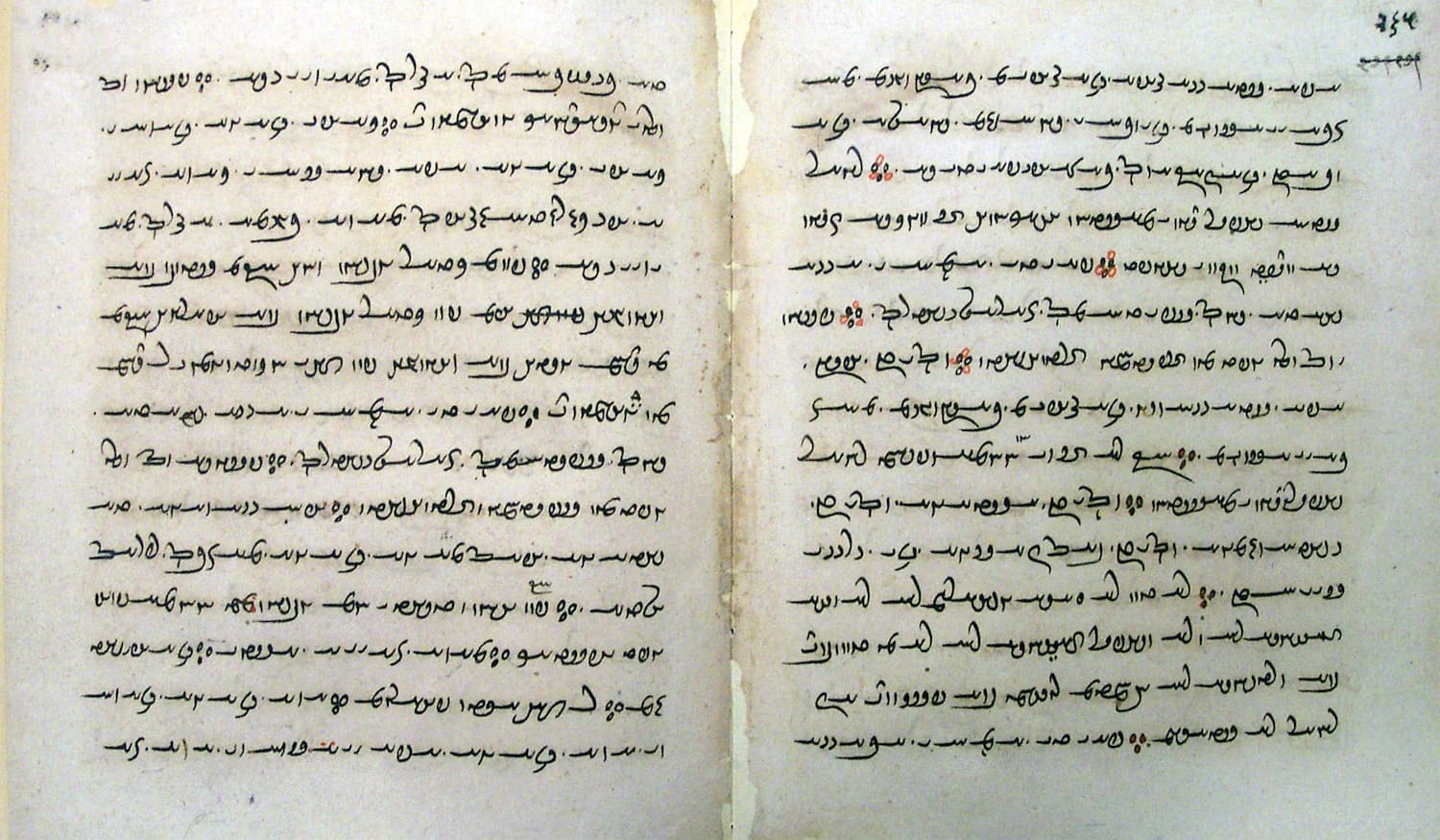
At the time of the Sasanian empire, there were really two great empires: the Persians and the Romans. That was it! They were the China and US of the day, getting into skirmishes constantly and threatening trade wars (and also bro-ing it out, just like today — Emperor Constantine once addressed Emperor Shapur as “my brother” in a letter. Get a room, Emperors!),
The Sasanians achieved a lot in their time. They built thousands of cities and a vast reign of aqueducts between them. They annexed the West, meeting the Roman empire, and the East, reaching far into China, India, Afghanistan, and modern Pakistan.
There were several massive periods of general peace and prosperity during the Sasanian empire, two of which were called the Golden Ages. Another was the Intermediate Age, but it was also pretty peaceful (intermediately, possibly).
It wasn’t all good, of course. Iranian nationalism under Sasanian rule meant that at times, followers of other faiths suffered official persecution.
Two things meant an end to Sasanian era of the great Persians. Firstly, the Byzantine Emperor Heraclius managed to totally defeat the Persian army, to the point where the Persians mutinied and executed their own Emperor. There was no clear successor — and ten different Emperors were crowned within the next four years. It was chaos — everyone was at each others throat.
Then, in this weakened state, the Arabs and Muslims rolled in, and thus began a whole new chapter of Persian history.
After the Persian Empire — Arab / Muslim Conquest
The Arab/Muslim conquest of Iran led to the end of the Sasanian empire, and the gradual decline of Zoroastrian religion. It was gradual, but by 651 CE, most urban Iranian areas were dominated by the Arabs.
The conquest happened under the hands of the Islamic Caliphate, the successors of Muhammad after his death (who were known as Caliphs). Muhammad died in 632 CE. The capital of the Caliphate was Damascus (modern Syria), so that became the new capital of Persia.
The Persians had become weak after decades of war with the Byzantine empire. So they were weak, but the new Arabian Muslims were strong, and Persia fell. The annexation was complete by 651 CE.
The Iranians became Muslims more slowly — over centuries. The invading Muslims used a series of penalties, punishments, and violence to pressure people to accept Islam, e.g. by taxing Zoroastrians (and members of other minority religions, namely Christians and Jews) heavily, capturing them as slaves, and randomly executing Zoroastrian priests. On the flipside, those who converted to Islam were promised commensurate financial privileges and freedoms.
But in the early days of the first Caliphate (known as the Umayyad Caliphate), Persians were never really accepted as Muslims. Often, the Caliphate would keep taxing them anyway. The Caliphate thought being Arab and Muslim were synonymous, and they called the Persians mawali (موالي), or “clients” or even “subjects/slaves”.
In the early days of the Arab conquest, the people of Persia were allowed to speak Persian. We call it “Middle Persian” now, and to a Persian speaker it sounds a bit like Old English would sound to an English speaker.
But the Umayyad Caliphate forced everyone to speak Arabic. For this reason, some regions of the Persian Empire (like Iraq) now speak Arabic dialects. But Persian/Farsi stuck through until today in a region spanning Afghanistan to inner India and Pakistan.
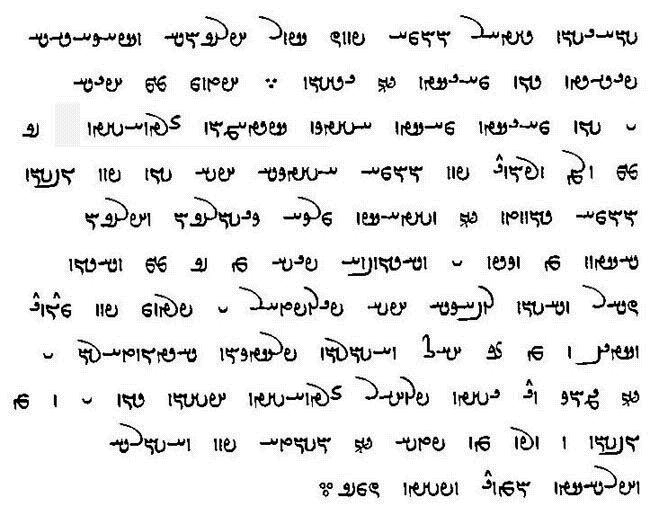
That said, Persian did absorb a bunch of Arabic vocabulary (around 25% in modern usage), and of coursed switched from the Pahlavi script to the modified Arabic script it uses today.
The Umayyad Caliphate was pretty unpopular. They taxed non-Muslims (mostly Zoroastrians), but also discouraged their conversion to Islam so they could keep taxing them.
The conversion process took a very long time. Even hundreds of years later, at the turn of the 1st millennium, the majority of Persians were still Zoroastrian. But through a series of incentives and efforts like allowing the Qur’an to be recited in Persian, around a century later (at the end of the 10th century), most Persians had become Muslim.
The interesting thing is that Persian culture was so strong, that Persia influenced Islam in many significant ways. While Arabic is the language of Islam, Persian was the first language to be used to write about Islam other than Arabic.
Persia / Iran has practised a distinct branch of Islam, Shi’ite Islam, since the 16th century. (They share all fundamental beliefs with the Sunni Muslims, who dominate the Muslim world, but believe a different line of successorship from the Prophet, and thus in different less fundamental beliefs.)
These days, when you talk to Persians about Islamic conquest, feelings are mixed.
On the one hand, some people (particularly Muslims) will say this was the enlightenment period of the Persians, as it’s when Islam arrived.
On the other hand, many people (including some Muslims) fiercely hold on to Persian identity, and will be quick to point out that the Persians were never a pushover, didn’t give up their religion quickly, and retained their language.
Modern Persia and Iran Since the Last Persian Empire
Iran today is the result of to-and-fro between Persian and Muslim identity spanning many centuries. Below is a brief account of one and a half millennia, just to bring us up to date.
The Islamic conquest of 652 AD was a turning point, marking the end of the indigenous Zoroastrian-dominated Sassanian Empire.
In brief, there was the Abbasid Caliphate period, from around 750 CE, in which Persians were entrusted with high administrative roles. Persians played a pivotal role in preserving Greek knowledge, further enriching the fields of science, philosophy, and arts. Ferdowsi finished his epic poem of Iranian history, the Shahnameh, in this period, in 1010.
The Seljuk Turkic empire conquered Persia in 1037, and governed Persia through to the 12th century. The Seljuk established Sunni Islam in the region, but simultaneously adopted, celebrated, and exported Persian culture.
The Khwarazmian Empire, another Turkic people, conquered Persia in 1077, and Genghis Khan and the Mongols conquered Persia in 1219-1221.
Genghis Khan and his descendants, though initially destructive, later embraced Islam, and fused Mongol governance with the Persian ethos to created a unique cultural blend.
This ebb and flow of invasions and cultural amalgamation continued until the rise of the Safavid Dynasty in the 1500s. The Safavids established Shia Islam as the state religion, setting Iran apart from its predominantly Sunni neighbours. The Safavid reign also heralded a renaissance in Persian art, science, and architecture.
The Qajar Dynasty came next, beginning its rule in 1794. External pressures, notably from Russia, and internal strife characterized this era. One of the most significant events during this period was the Constitutional Revolution of 1906, which led to the establishment of Iran’s first constitution and a national parliament, a progressive step in a region steeped in monarchic traditions.
However, the winds of change blew again with the onset of the Pahlavi Dynasty in 1925 — and a little too strongly. Reza Shah Pahlavi and his successor, Mohammad Reza Shah Pahlavi, embarked on ambitious modernization projects, championing secularization and reducing clerical powers. Their rule also fostered closer ties with the West.
It was during Reza Shah Pahlavi’s reign that the Persia formally requested it be referred to as Iran, in reference to its ancient roots. (Whether “Persia” or “Iran” is the appropriate designation is still a contested topic.)
But, as with all rapid transformations, the Pahlavi era was not devoid of pitfalls. The Pahlavis’ heavy-handed rule, their cooperation with the often distrusted West (pardon my very brief summary of this topic!), and their alienation of clerical and traditional classes fomented discontent, culminating in the monumental Islamic Revolution of 1979.
Iran under Islamic rule is how most of us know it today. The Ayatollahs’ Islamic rule changed things dramatically, starting with the Iran-Iraq war. There’s a pretty good personal account about the period on Humans of New York, starting here, a 54-part series. Suffice it to say that for most Iranians, it hasn’t been a good time. But there’s still hope.

